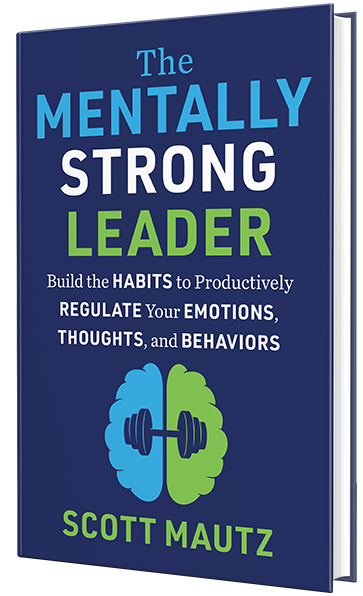
Jeff Bezos is most certainly an idea guy. His concept of selling books online evolved into one of the biggest ideas in history. Making space an accessible destination for the masses might be even bigger. And in between all of that, there have been about a zillion other ideas–so Bezos has a lot of practice in selling and getting support for his ideas too.
You might wonder, but who does Bezos have to sell on his ideas? He runs the joint. Yes, but he doesn’t just lord over his executives and demand they implement all of his favorite ideas. He gives his executives a strong voice.
In June 2019, in fact, at the re: Mars Amazon fireside chat, Bezos said he uses the idea to “disagree and commit” all the time. Meaning, if he doesn’t agree that an idea will work, he’ll say so, but that doesn’t necessarily mean he will shut it down. For many such ideas, he’ll disagree but at the same time he’ll commit.
Adds Bezos: “I’m very clear. I’ll say I don’t agree with this, I think it’s probably not going to work, but I promise the person I will never say ‘I told you so.’ I’m going to be on your team. I will do everything I can to make it work.”
So this clearly isn’t a dictatorship.
And yes, Bezos still has to sell his team on many of the biggest, boldest ideas. For those moments when he’s arguing for an idea that he feels really strongly about but his team does not agree with, he’ll say a nine-word gem.
“I want you to gamble with me on this.”
Here’s why this is such an effective sentence. It smacks of high emotional intelligence because, as Bezos says, it says “I don’t know if I’m right.” It demonstrates vulnerability and humility and shows the team that you don’t think you have all the answers. It acknowledges that you know there is risk involved and that the idea might not work; i.e. it’s a calculated gamble.
Relatedly, it says that you believe there will be a payout, otherwise why would anyone gamble? It also says, “We’re all in this together,” and intimates that everyone’s help will be needed to make the idea work.
At the same time, it allows you to draw a line in the sand to say that the idea will indeed be moving forward, allowing you to do so without a harsh dictatorial tone. It has a finality to it and shuts down further debate, as further debate would be to highlight why it’s a gamble, which you’ve already acknowledged.
A power-packed single sentence.
I have personally experienced a leader using this sentence with me, on something I didn’t think was the right thing to do. I can say it also had an additional personal effect on me; I felt like I was a part of that leaders’ inner circle now. I felt like, “this leader is taking a risk with company resources, and he wants my support on it.” I felt special. I’m guessing Bezos’s team does too when he says that to them.
Be careful with this sentiment.
Now all this said, let’s step back for a moment. There are several conditions in which saying “I want you to gamble with me on this” won’t work.
It can’t be your default line for everything you want done; you’ll come across way too cavalier. Save it for the biggest, boldest ideas you’re most passionate about.
And the gamble you’re asking for should be taken only after thorough analysis and healthy debate. The gamble shouldn’t be that you haven’t done your homework on the idea, only that you just don’t know if, despite your deep analysis, it will actually work.
Also, before you ask your team to gamble with you on anything, be certain to explain why. What’s the payoff that’s worth very possibly being wrong for? You’re asking people to support something that’s clearly not a sure bet, it’s a gamble. For them to fully commit to it, they’ll need to clearly understand the upside.
And finally, it’s important that as the leader you take accountability for gambles that don’t work (while spreading the credit around for those that do).
Winning support for the biggest, boldest ideas just got a bit easier. You can bet on it.




Leave a Reply